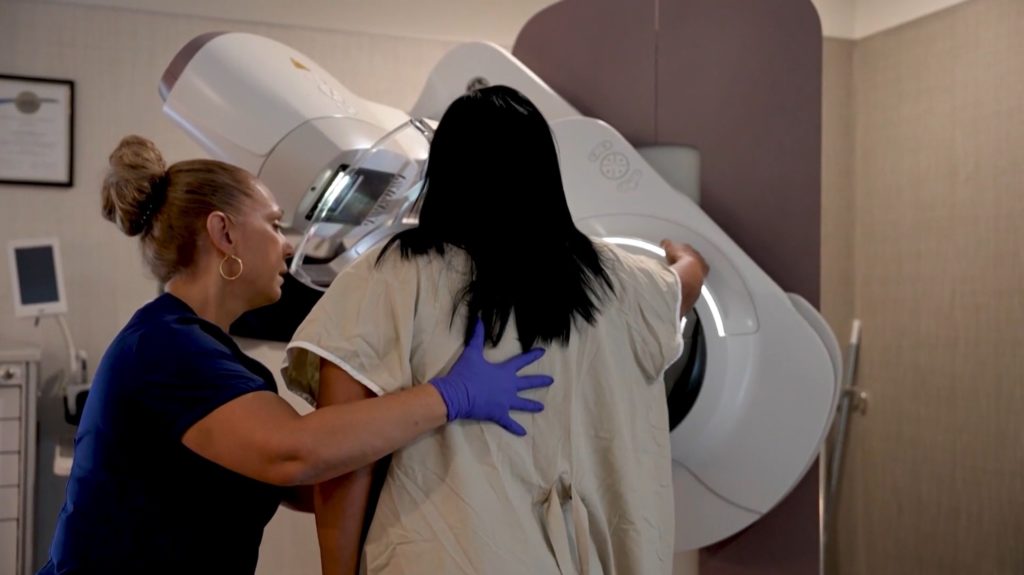CRISPR Gene Editing for Cancer: Treatment, Therapy and Advancements

Table of Contents
Every so often, a tool comes along that feels like science fiction. CRISPR is one of them. It’s a pair of molecular scissors that we can program to find one specific spot in three billion letters of DNA and make a cut [2]. Incredible. The hype machine went into overdrive. We were going to edit out diseases. Cure cancer. The end.
Here’s the problem with that fantasy. Cancer isn’t a clean typo. It’s a riot. It’s a chaotic, messy, ever-changing system that thrives on mistakes. It rewrites its own rulebook as it goes. So you have this exquisitely precise scalpel, and you’re trying to use it in the middle of a cellular brawl [7]. It’s a mismatch. A big one.
This isn’t me being cynical. It’s just recognizing where the real work is. And right now, the most revolutionary thing CRISPR is doing for cancer has nothing to do with curing patients directly. It’s happening in the lab [1]. For years, if we wanted to know what a specific gene did, we had to go through a long, painful process to shut it down. Now? A researcher can just use CRISPR to snip that gene out of a cancer cell in a petri dish and see what happens [4]. Does the cell die? Stop growing? Suddenly become vulnerable to an old drug? We can get answers in weeks, not years. We’re building a proper instruction manual for our enemy, and we’re doing it at a shocking speed [5]. That’s the real revolution so far. It’s a research tool. And it’s the best one we’ve ever had.
Upgrading the Soldiers
So if we can’t just march into the body and “edit” the tumor away, what’s the next best thing? You take the fight somewhere else. Somewhere you can control. That’s the whole idea behind CAR-T cell therapy. We take a patient’s own immune cells—their T-cells—out of their body and into the lab. We engineer them to recognize cancer. Then we put them back. It can work miracles. It can also fizzle out. The T-cells get tired. The cancer learns to hide.
This is where CRISPR gets its first real clinical shot. In the lab, before we put those T-cells back, we can give them a CRISPR tune-up. A few quick snips. We can edit out the gene that tells a T-cell to stand down, making it relentless at it’s goal. We can snip out its natural receptors so it doesn’t get confused and attack the wrong thing [3]. Better weapons. Stronger armor. A clearer target [10]. We’re not fixing the patient. We’re upgrading their soldiers in the workshop before sending them to the front lines. This is where the action is right now, especially for nasty, hard-to-treat cancers, like in gynecological oncology or tumors that have stopped responding to anything else [6] [7]. It’s practical. It’s contained. And it’s already happening.

The Ground War
But the sci-fi dream of injecting a cure dies hard. Why can’t we just do that? It comes down to boring, practical problems. The kinds of problems that kill big ideas. Delivery and safety [3] [9]. First, how do you get the CRISPR machinery into every last cancer cell, deep inside a person’s body, without also hitting a bunch of healthy cells by mistake? Our delivery systems just aren’t that good yet. It’s like trying to mail a million letters and making sure every single one gets to the right house during an active hurricane.
Then there’s the “oops” factor. Off-target effects. What if the scissors cut the wrong gene [8]? In the best case, nothing happens. In the worst case, you create a whole new problem. You could, in theory, cause a new cancer while trying to cure the old one. The risk is small. It’s getting smaller every year. But it’s not zero. And when you’re talking about rewriting someone’s permanent code, the stakes are as high as they get.
So, no. This isn’t a magic wand. The revolution is a slow, grinding one. It’s happening at the bench, letting us understand the disease. It’s happening in the cell processing lab, letting us build better therapies. The idea of a simple cure-in-a-needle remains a distant hope.
References
[1] Wang, S. W., Gao, C., Zheng, Y. M., Yi, L., Lu, J. C., Huang, X. Y., Cai, J. B., Zhang, P. F., Cui, Y. H., & Ke, A. W. (2022). Current applications and future perspective of CRISPR/Cas9 gene editing in cancer. Molecular cancer, 21(1), 57.
[2] Garg, P., Singhal, G., Pareek, S., Kulkarni, P., Horne, D., Nath, A., Salgia, R., & Singhal, S. S. (2025). Unveiling the potential of gene editing techniques in revolutionizing Cancer treatment: A comprehensive overview. Biochimica et biophysica acta. Reviews on cancer, 1880(1), 189233.
[3] Shuvalov, O., Petukhov, A., Daks, A., Fedorova, O., Ermakov, A., Melino, G., & Barlev, N. A. (2015). Current genome editing tools in gene therapy: new approaches to treat cancer. Current gene therapy, 15(5), 511–529.
[4] Zhao, Z., Li, C., Tong, F., Deng, J., Huang, G., & Sang, Y. (2021). Review of applications of CRISPR-Cas9 gene-editing technology in cancer research. Biological procedures online, 23(1), 14.
[5] Chehelgerdi, M., Chehelgerdi, M., Khorramian-Ghahfarokhi, M., Shafieizadeh, M., Mahmoudi, E., Eskandari, F., Rashidi, M., Arshi, A., & Mokhtari-Farsani, A. (2024). Comprehensive review of CRISPR-based gene editing: mechanisms, challenges, and applications in cancer therapy. Molecular cancer, 23(1), 9.
[6] Kumar N. (2025). Genome Editing in Gynecological Oncology: The Emerging Role of CRISPR/Cas9 in Precision Cancer Therapy. Therapeutic innovation & regulatory science, 10.1007/s43441-025-00807-w. Advance online publication.
[7] Mishra, G., Srivastava, K., Rais, J., Dixit, M., Kumari Singh, V., & Chandra Mishra, L. (2024). CRISPR-Cas9: A Potent Gene-editing Tool for the Treatment of Cancer. Current molecular medicine, 24(2), 191–204.
[8] Imyanitov, E. N., Iyevleva, A. G., & Levchenko, E. V. (2021). Molecular testing and targeted therapy for non-small cell lung cancer: Current status and perspectives. Critical reviews in oncology/hematology, 157, 103194.
[9] Uddin, F., Rudin, C. M., & Sen, T. (2020). CRISPR Gene Therapy: Applications, Limitations, and Implications for the Future. Frontiers in oncology, 10, 1387.
[10] Murty, T., & Mackall, C. L. (2021). Gene editing to enhance the efficacy of cancer cell therapies. Molecular therapy : the journal of the American Society of Gene Therapy, 29(11), 3153–3162.
MORE DOCTORS & SCIENTISTS
link





